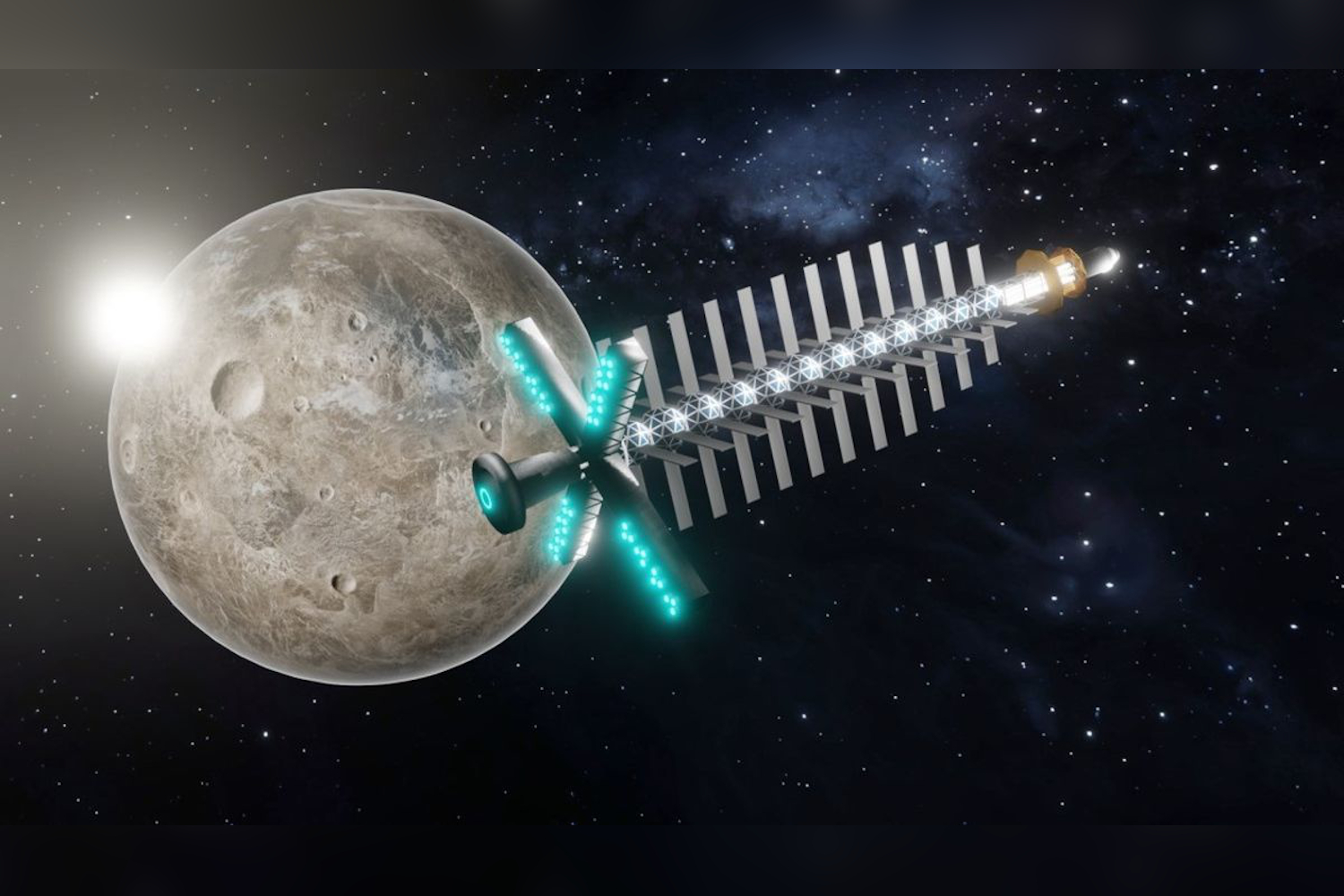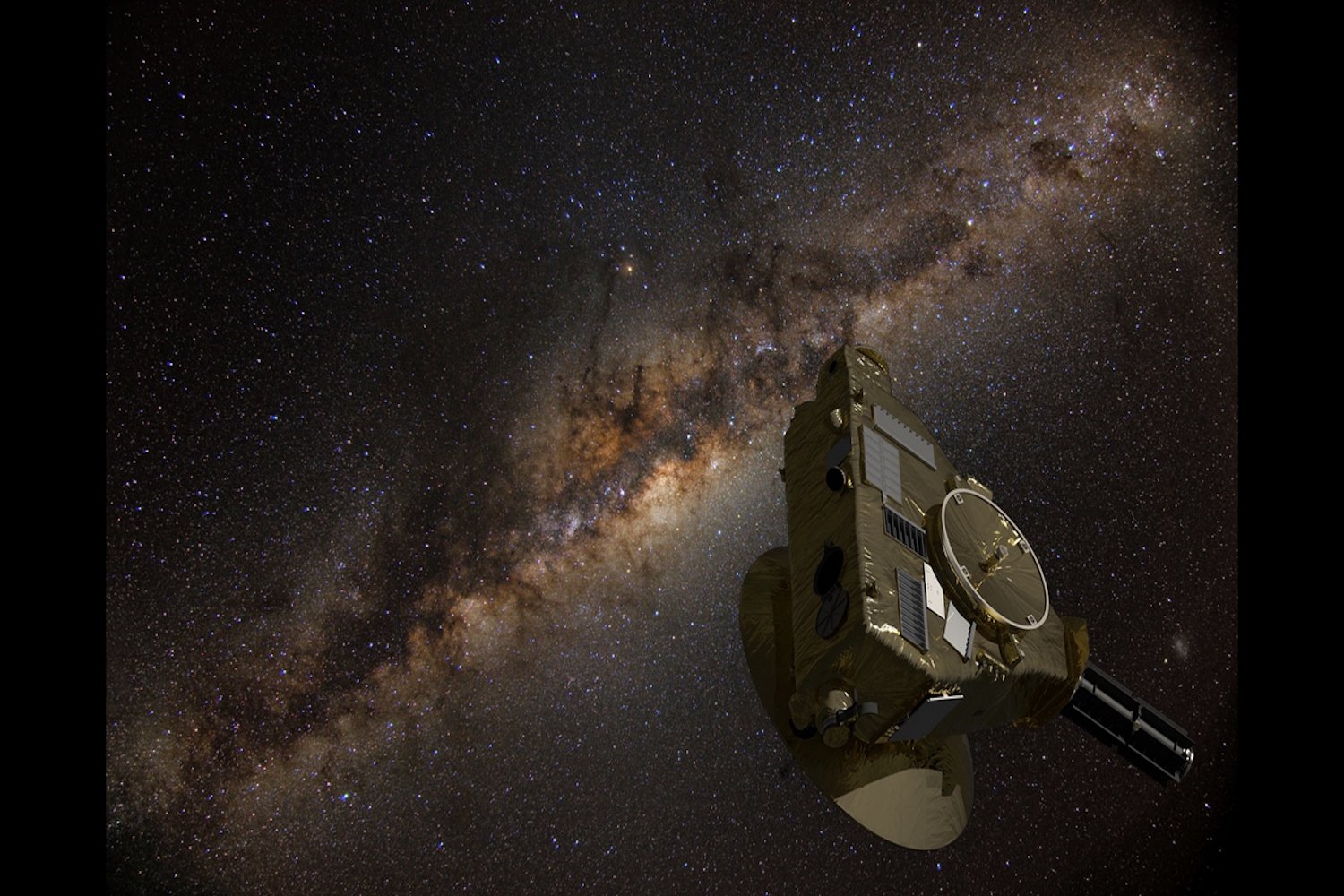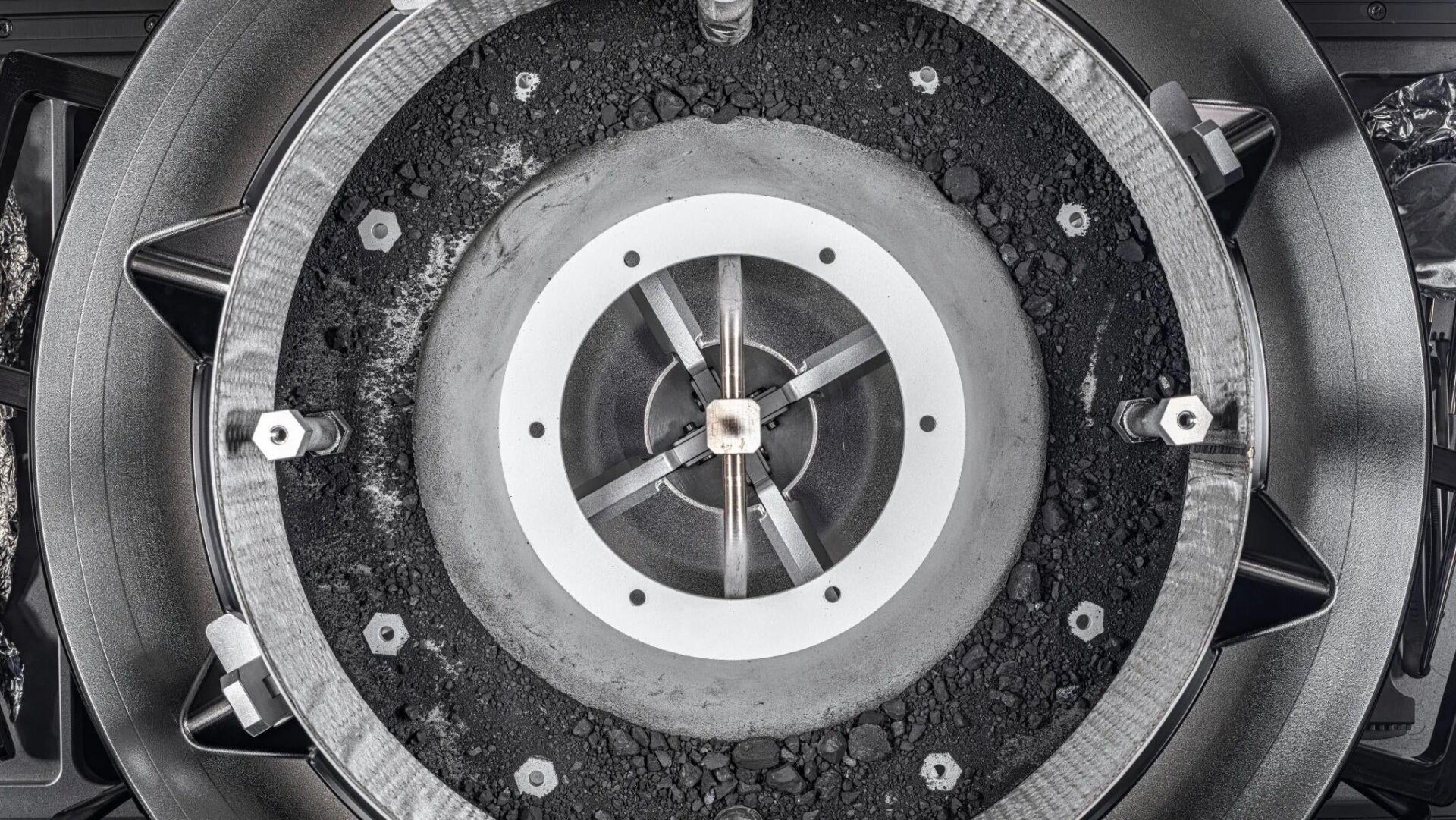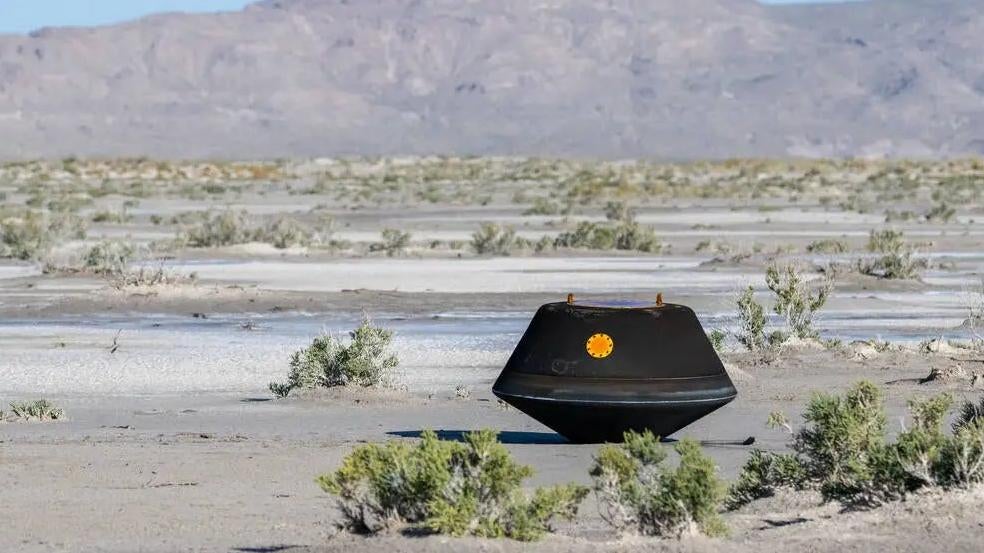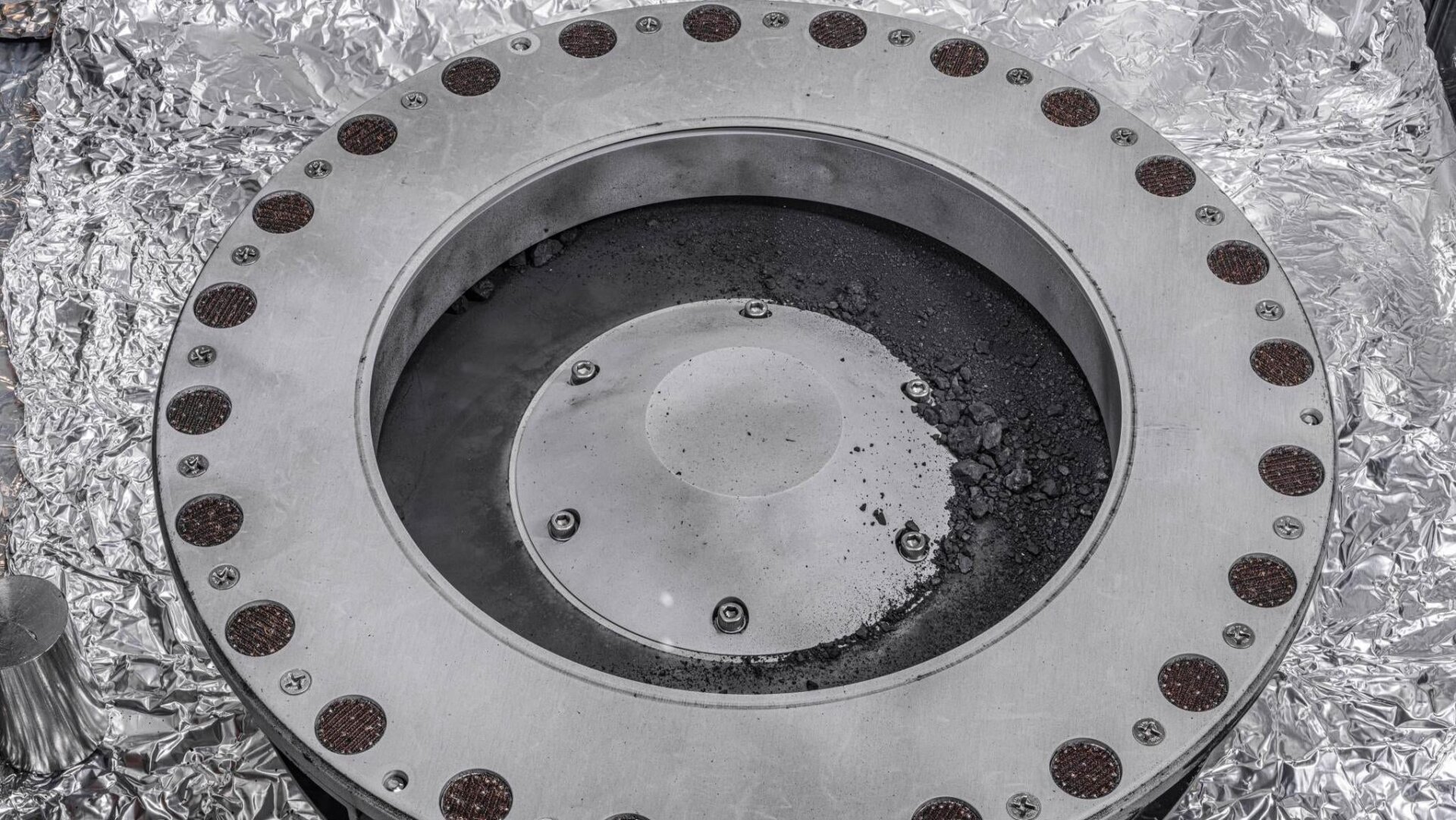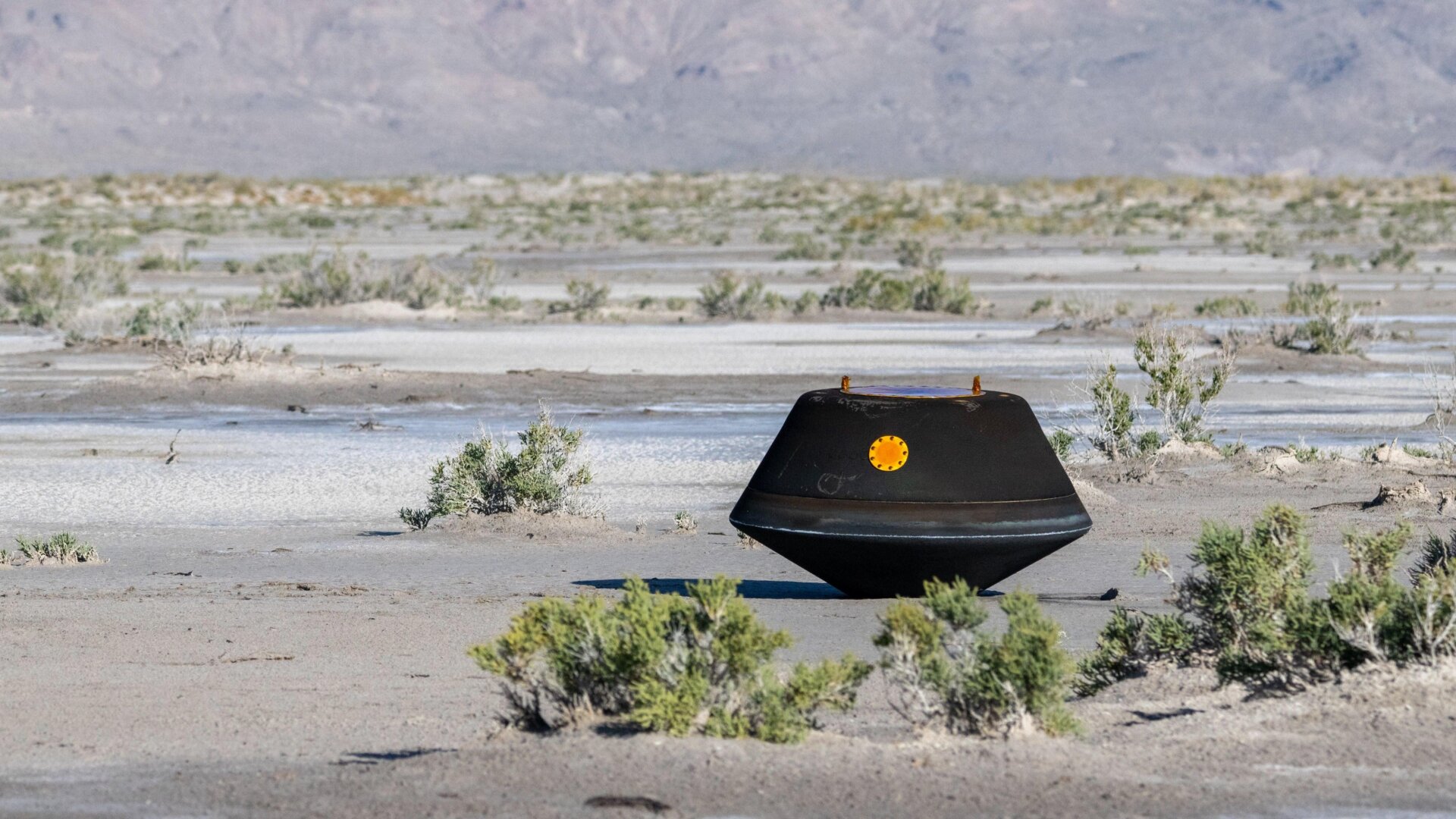Japan’s space agency just launched Hayabusa2, an ambitious deep space mission to land on an asteroid, smack it with an interceptor, collect and return samples, and deploy rovers. After a multi-day weather delay, the rocket blasted off a scene seaside spaceport, carrying Hayabusa2 and a collection of opportunistic missions into orbit.
Top image: H-IIA/B blasting off with Hayabusa2 on-board. Credit: captured from JAXA live stream.
Blast off of the rocket carrying Hayabusa2. Image credit: JAXA
Weather has been miserable at Tanegashima for the past few days, pushing the mission back from the original November 30th target launch date. But the clouds finally cleared, and the rocket blasted off for a clean launch of Hayabusa2.
The H-IIA/B rocket waiting on at the Tanegashima facility. Image credit: JAXA
Hayabusa2 is a deep space mission by the Japanese space agency JAXA to explore asteroid 1999 JU3. The mission will arrive at the 1-kilometer wide asteroid, drop a lander, blast the asteroid with an impactor, touch down three times collecting samples, and send the samples home. The spacecraft will do an Earth-flyby in 2015 to build up velocity, and is schedule to arrive at the asteroid n 2018.
Artist’s concept of the Hayabusa 2 spacecraft leaving Earth. Image credit: JAXA
This mission is the sequel to the 2003 Hayabusa mission launched by JAXA to asteroid 1998SF36, “Itokawa.” The original mission was a mess of near-disasters, with the spacecraft limping home on crippled thrusters four years behind schedule with samples. While Hayabusa visited an S-type asteroid, Hayabusa2 will be going for a C-type asteroid with a higher probability of organic and hydrated materials.
Hayabusha2 under construction. Image credit: JAXA
The lander is MASCOT, a cousin to Philae. The ESA-manufactured lightweight lander is intended to touch down on the asteroid. The lander will be able to shift its center of gravity, tilting itself over if necessary. It will spill a trio of rovers, Minerva-II, to explore the asteroid’s surface.
A rover, but without the wheels. Image credit: JAXA
The rovers aren’t wheeled beasts like we’re accustomed to on Mars, but a hopping mess of sensors and sequel to the original mission’s Minerva rovers. The original Minervas were ill-fated, missing the asteroid entirely.
While I’m writing it as a totally reasonable mission, it’s entirely outrageous. Check out just the sampling plan:
Between landers, rovers, impactors, and markers, this adds up to 13 distinct spacecraft. As Emily Lakdawalla puts it in her piece for the Planetary Society, that’s not a spacecraft, that’s a colony of robots!
Artist’s concept of the Hayabusa2 spacecraft arriving at asteroid 1999 JU3. Image credit: JAXA
Along with the main mission, the rocket is also carrying a collection of other spacecraft hitching a ride up into space. The rocketpool consists of Shin-en 2, ARTSAT2-DESPATCH, and PROCYON.
The rocket will shed a series of spacecraft in addition to the main Hayabusa2 mission. Image credit: GoMiyazaki
All the missions on the rocket are destined for deep space beyond Earth.
Artsat2-Despatch is an artistic microsatellite, a 3D printed spiral resin sculpture encased in an aluminum container. JAXA will monitor how durable it is over time while also testing out the propagation of ham radio signals in space. Shinen 2 is another ham radio project, communicating back to Earth from lunar orbit. The final rocketpooler is an asteroid-related spacecraft: Procyon will do a simple flyby of an asteroid in January 2016.
As is now downright-common for space programs, you can follow along with both missions on social media:
Hayabusa2 and its lander Mascot are both on Twitter with excited personas. In keeping with the cuteness, they also have an adorable carton avatar is several manga dedicated to their mission. Lakdawalla has a nice round-up of adorable mission-extras to compliment launch footage on her Planetary Society launch report.
Read more about the Hayabusa2 mission on Sen and on the Planetary Society, or catch every launch detail on Spaceflight 101 or Spaceflight Now.

